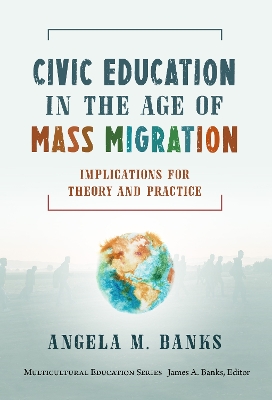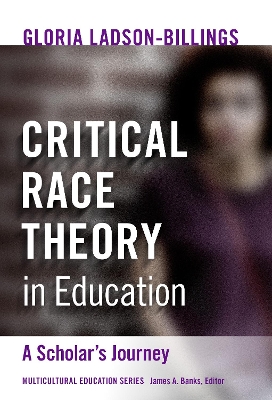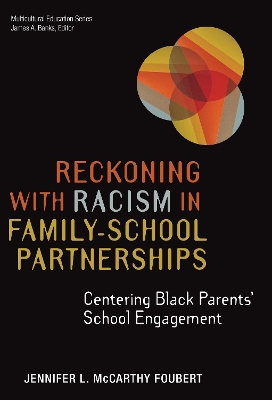Multicultural Education
1 primary work • 7 total works
Book 32
Educating Citizens in a Multicultural Society, Second Edition
by James A. Banks
Multicultural Education, Transformative Knowledge and Action
by James A. Banks
Includes case studies of individual pioneers such as Carter G. Woodson, Allison Davis, George I. Sanchez, Franz Boas, Mourning Dove, Ella Deloria, and Robert E. Park.
Civic Education in the Age of Mass Migration
by Angela M. Banks and James A. Banks
Book Features:
- A brief overview of the history of civic education and why citizenship status and immigration status should be explicitly addressed.
- An examination of the economic, political, and social forces shaping immigration law.
- A new way to conceptualize membership based on three principles: popular sovereignty, participation, and the jus nexi principle.
- Classroom activities and discussion questions to help civic educators incorporate the idea of citizenship boundaries into their curriculum.
Critical Race Theory in Education
by Gloria Ladson-Billings and James A. Banks
Featured Essays:
1. Toward a Critical Race Theory of Education with William F. Tate IV
2. Critical Race Theory: What It Is Not!
3. From the Achievement Gap to the Education Debt: Understanding Inequality in U.S. Schools
4. Through a Glass Darkly: The Persistence of Race in Education Research and Scholarship
5. New Directions in Multicultural Education: Complexities, Boundaries, and Critical Race Theory
6. Landing on the Wrong Note: The Price We Paid for Brown
7. Racialized Discourses and Ethnic Epistemologies
8. Critical Race Theory and the Post-Racial Imaginary with Jamel K. Donner
Culturally and Socially Responsible Assessment
by Catherine S. Taylor, Susan Bobbitt Nolen, and James A. Banks
Book Features:
- Research-based recommendations for improving assessment fairness, validity, and cultural/social relevance.
- Practices that have been shown to improve the effectiveness of classroom assessments in supporting student learning.
- Concrete examples of how to create culturally relevant assessment tasks that target valued learning goals in language arts, mathematics, social studies, and science classrooms.
- Appendixes that provide tools educators can use to improve grading practices.
Reckoning With Racism in Family-School Partnerships
by Jennifer L. McCarthy Foubert and James A. Banks
Drawing from the lived experiences of Black parents as they engaged with their children's K-12 schools, this book brings a critical race theory (CRT) analysis to family-school partnerships. The author examines persistent racism and white supremacy at school, Black parents' resistance, and ways school communities can engage in more authentic partnerships with Black and Brown families. The children in this study attended schools with varying demographics and reputations. Their parents were engaged in these schools in the highly visible ways educators and policymakers traditionally say is important for children's education, such as proactively communicating with teachers, helping with homework, and joining PTOs. The author argues that, because of the relentless anti-Black racism Black families experience in schools, educators must depart from race-evasive approaches and commit to more liberatory family-school partnerships.
Book Features:
- Includes an introduction to CRT and explains how it informed this study.
- Draws from Derrick Bell's notion of racial realism to make sense of Black parent participants advocating for high-quality education in the context of persistent anti-Black racism.
- Examines how Black parents resisted individualism and were, instead, committed to improving the education of all marginalized children.
- Shows how white supremacy operated in shared school governance despite schools having inclusive practices.
- Explores how anxiety and stress caused by the Trump presidency impacted parents' school engagement.
- Describes three ways any school community can develop family-school partnerships for collective educational justice.





